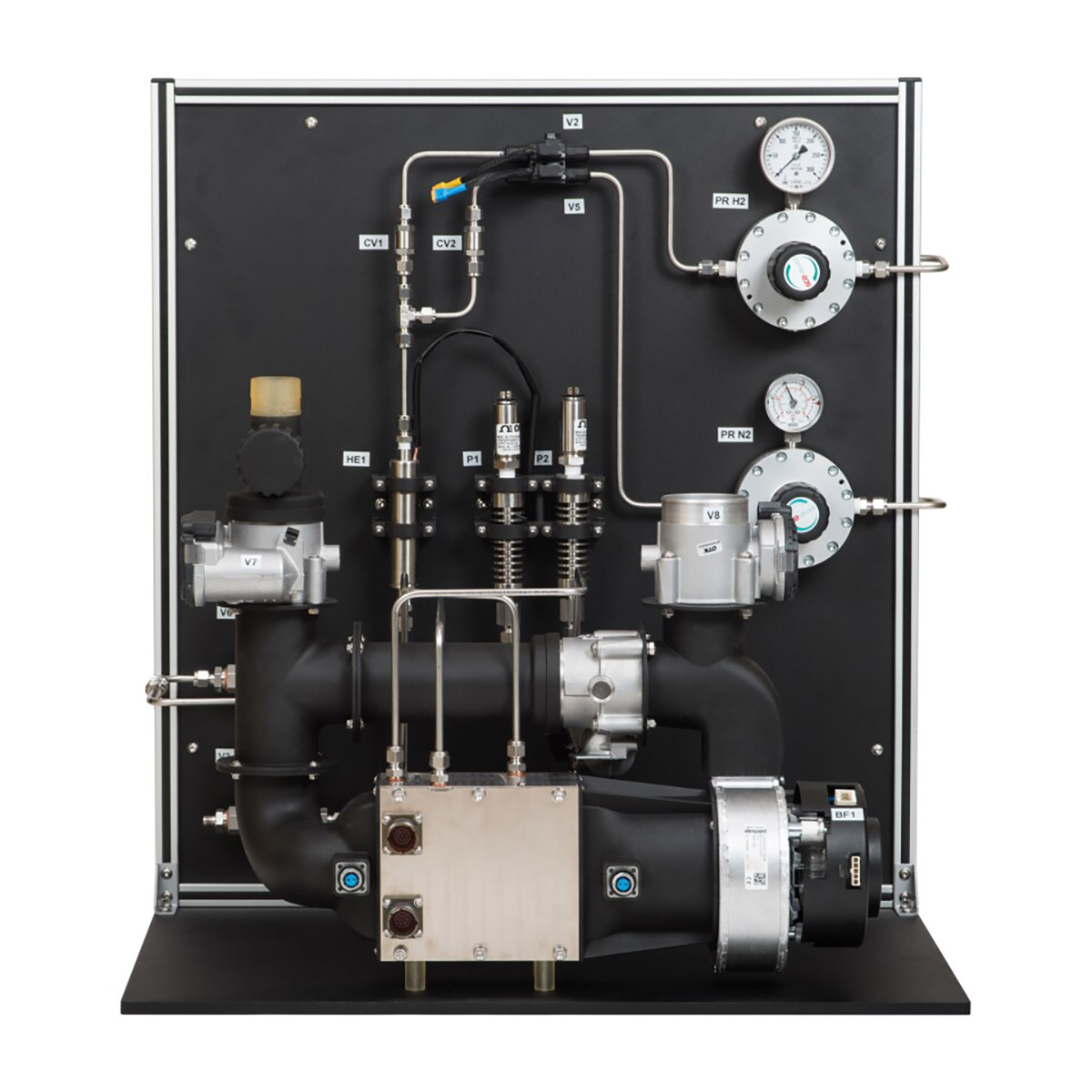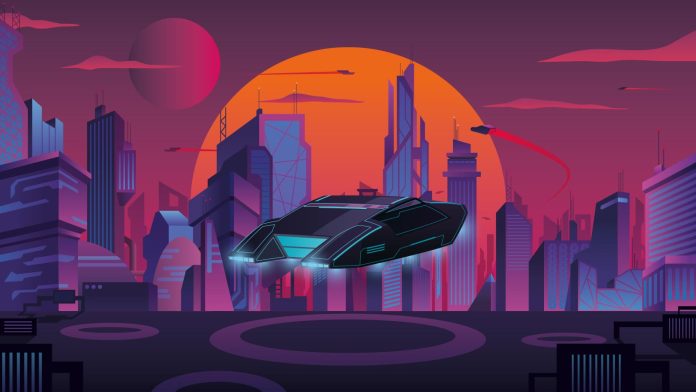Sustainability in aviation is crucial for both environmental reasons and the ability of airplanes to sustain flight. Currently, electric batteries are too heavy for long-haul flights, which is why companies like Airbus are turning to hydrogen-powered aircraft.
Although hydrogen is more energy-efficient than electric batteries, challenges remain in fuel storage. A groundbreaking new ultralight graphite tank could potentially solve this issue.
This article covers the following topics:
The New Ultralight Tank for Hydrogen Aircraft
The challenges of hydrogen-based mobility require collaboration between various industry players, from traditional aeronautical companies to disruptive innovators. Airbus has partnered with a U.S. company specializing in hydrogen fuel cells and ultra-light cryogenic tank manufacturing to significantly increase the range of hydrogen aircraft.
The goal is to combine ultra-light hydrogen fuel cells with efficient tanks to maximize weight savings. Typically, storing one kilogram of hydrogen requires around nine to ten kilograms of storage material, resulting in only a 10% efficiency. The new ultralight graphite tank developed in this partnership offers an efficiency of around 70% for hydrogen aircraft.

With the new tank, an aircraft like the De Havilland Canada Dash 8 Q300 could potentially achieve a range of 4488 kilometers, compared to its current 1558-kilometer range. Using green hydrogen obtained from renewable sources could lead to the emergence of green aviation.
Hydrogen-powered flying cars
The technology used in hydrogen aircraft extends beyond conventional aviation to urban air mobility, particularly in the form of electric vertical take-off and landing (eVTOL) vehicles. Companies are exploring hydrogen fuel cells for flying cars to revolutionize urban transportation and reduce congestion in cities.
In addition to aircraft, hydrogen-based technologies are being applied to flying cars, such as the CityHawk air taxi with oversized rotors integrated into its design. These innovations aim to offer more efficient urban air mobility solutions and contribute to sustainable cities.
Other sustainable aviation fuels
Aside from hydrogen, alternative fuels like methane-derived eco-friendly fuels are also being developed to reduce greenhouse gas emissions in aviation. Technologies converting methane from landfills into a kerosene blend could significantly decrease emissions and promote more sustainable air travel.
Innovative aircraft designs, such as V-shaped planes, are also being explored to reduce emissions and enhance the sustainability of aviation. Alternative fuels and innovative designs play a crucial role in achieving environmentally friendly air transportation.
Sources




